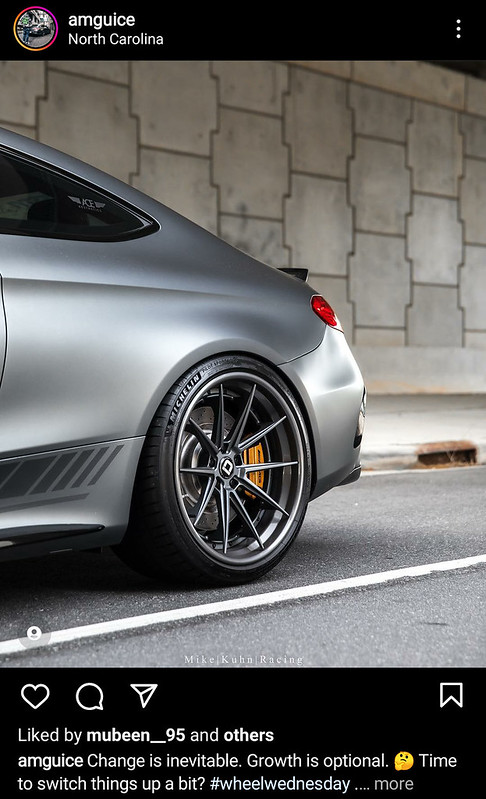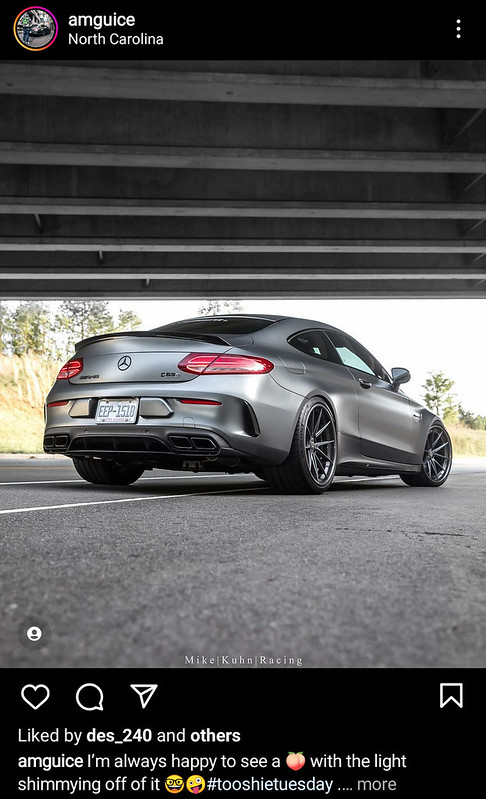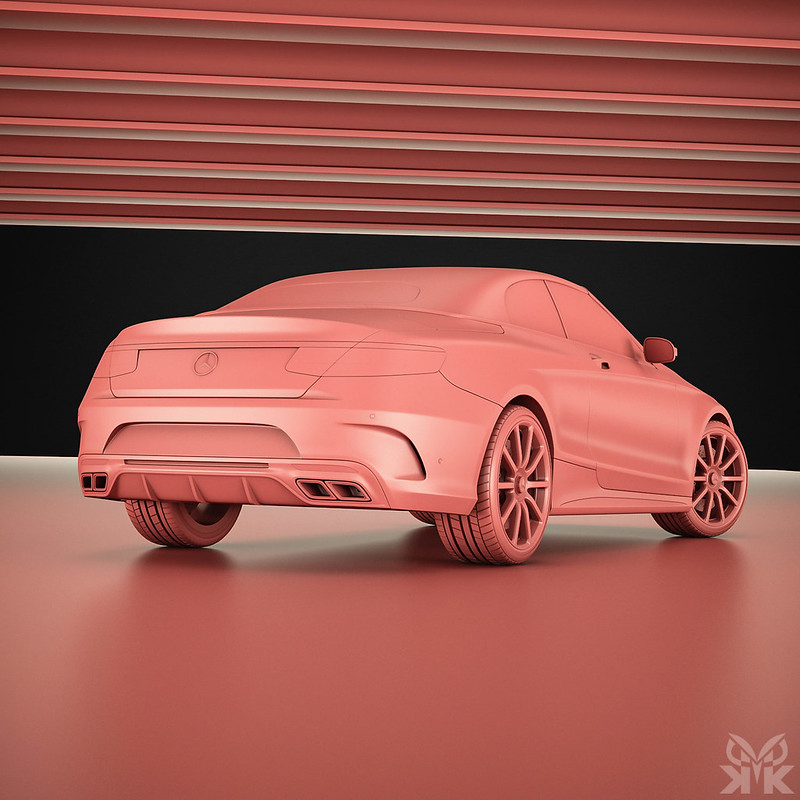Photo to 3D Challenge: “Mercedes on the Road”
The latest addition to my portfolio showcases a series of meticulously crafted 3D environments inspired by real-world references. Using 3ds Max, I recreated intricate urban and architectural scenes, capturing the essence of lighting, materials, and spatial composition with a keen eye for realism. Each scene was carefully modeled, textured, and rendered to achieve a photorealistic representation, emphasizing depth, atmosphere, and dynamic storytelling.
Referencing actual locations and photographic elements, I translated 2D visuals into immersive 3D spaces. This process involved extensive attention to structural accuracy, ensuring that every building, street, and object reflected its real-world counterpart. From weathered facades to the subtle imperfections of urban decay, I incorporated fine details to enhance authenticity.
One of the standout aspects of these 3D scenes is the intricate texturing process. Using high-resolution texture maps and procedural shading techniques, I was able to simulate the natural wear and tear of materials. Elements such as chipped paint, aged brickwork, and reflective glass surfaces were meticulously crafted to evoke a sense of realism and history within each setting.
My 3D render focuses on capturing the essence of the original image while maintaining a monochromatic, clay-rendered aesthetic to emphasize form and design. Every detail, from the aerodynamic bodywork to the custom wheels and exhaust setup, was carefully modeled to reflect the real-world counterpart. This project highlights my ability to translate real-world photography into high-quality 3D visuals, blending precision modeling with a strong sense of composition and lighting.
In addition to the visual fidelity, I focused on optimizing the geometry to ensure efficient rendering performance without compromising detail. This involved the strategic use of instancing, LODs (Level of Detail), and well-organized UV mapping to balance high-quality visuals with practical workflow efficiency. These techniques were particularly useful for handling complex urban scenes with multiple layers of depth.
To further enhance realism, I incorporated physically accurate reflections and refractions using ray-tracing technology. This allowed for highly realistic light interactions on glass, metal, and wet surfaces, elevating the photorealism of the rendered images. Subtle touches, such as the distortion of reflections on uneven surfaces, added to the immersive experience.
Beyond static renders, I also explored camera animation and dynamic scene compositions. By integrating depth of field, motion blur, and cinematic framing, I created visually compelling sequences that breathe life into each environment. These techniques helped in storytelling, drawing viewers into the scenes as if they were real locations.
Each 3D environment was also designed with modularity in mind, enabling flexibility for future modifications and expansions. By structuring the assets efficiently, I ensured that the scenes could be easily adapted for different purposes, including animation, game design, or architectural visualization.
Through this project, I aimed to push the boundaries of realism while maintaining an efficient and professional 3D workflow. Every aspect, from initial concept to final render, was executed with precision and creative intent, demonstrating my expertise in digital environment creation.
This portfolio piece not only highlights my technical proficiency in 3ds Max but also reflects my passion for translating real-world inspiration into immersive digital experiences. It stands as a testament to my dedication to detail, composition, and the art of visual storytelling in 3D design.












No Comments